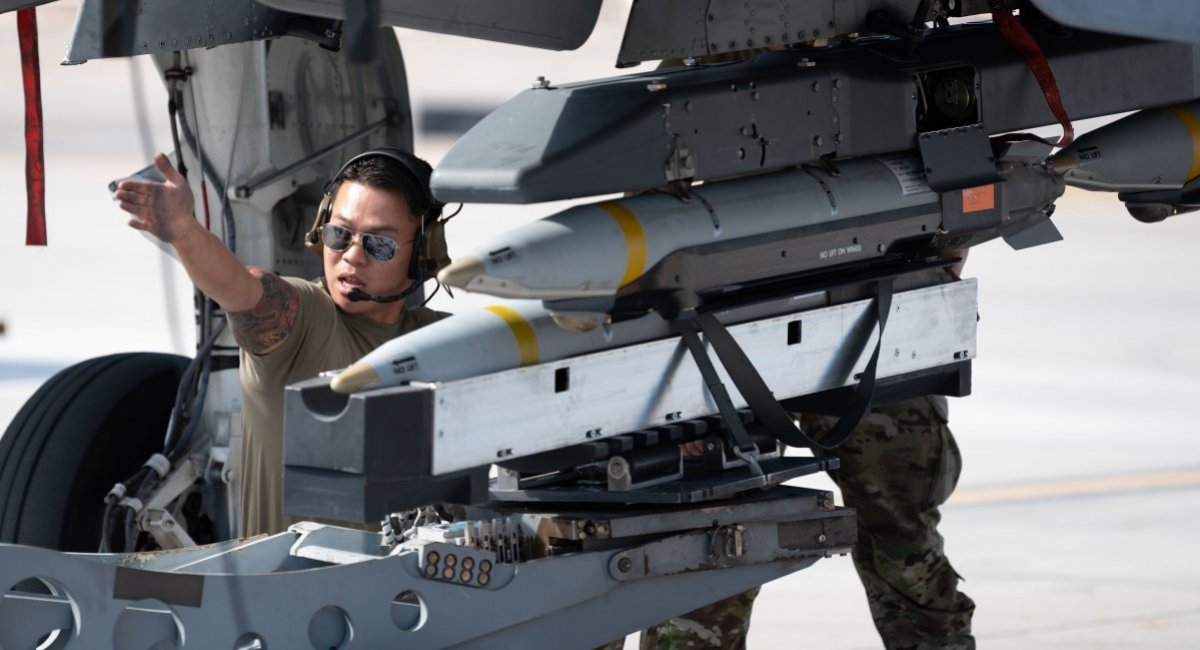The U.S. Department of Defense has officially announced a $6.9 billion contract with Boeing for the production of the Small Diameter Bomb (GBU-39/B SDB I). This long-term contract, extending through 2035, covers the production of nine batches (numbered 20 through 29).
According to the announcement, the contract includes Foreign Military Sales (FMS) to Japan, Bulgaria, and Ukraine. The exact quantity of munitions to be produced has not been publicly disclosed, but we can roughly estimate the number of bombs based on the known cost of the GBU-39/B for the Pentagon.
Read more: GLSDB is Affected by EW But Air-Launched SDB is Not, Even Though it's the Same GBU-39: Why So

As noted on the U.S. Air Force website, it is listed at about $40,000 per unit. However, this figure is somewhat outdated, as the last U.S. Air Force order for these bombs was in 2022. Taking inflation into account, the cost could rise to approximately $46,000 per bomb over the past two years, though the actual increase might be higher due to the global arms shortage, which aggravated over this time.
Assuming a unit price of $46,000, Boeing would need to produce around 150,000 bombs, at a rate of over 13,600 units per year, to meet the $6.9 billion contract. For comparison, the U.S. Air Force currently has a total stockpile of 24,000 of these bombs, which have been mass-produced since 2005. This means Boeing would need to produce six times the current stockpile in just half the time it took to manufacture the existing inventory.
It's important to note that this long-term order likely considers future inflation, which means the total number of bombs produced will likely be smaller than this estimate. Additionally, there is a version of the SDB-1 equipped with semi-active laser guidance, which costs more than the standard version with inertial and satellite navigation systems. Over the next decade, other modifications to the bomb could also affect pricing and production quantities.

This contract primarily serves as an assurance for Boeing that the GBU-39/B will remain in demand for the next 10 years, allowing the company to plan its resources and investments accordingly. This stability opens up opportunities for expanding and modernizing production facilities.
As for the distribution of bombs to the countries mentioned in the contract — Ukraine, Bulgaria, and Japan — the specifics remain unclear. Bulgaria has only publicly ordered 56 bombs, as confirmed by U.S. Defense Security Cooperation Agency (DSCA) permits, and Japan is not listed among the current operators of this weapon. The DSCA has not published any plans for GBU-39/B sales to Japan either.
For a brief reminder, the GBU-39/B Small Diameter Bomb is a lightweight, precision-guided munition, weighing 129 kilograms. This, combined with its compact size, allows fighter jets to carry up to four bombs on a single suspension point.

The standard range of the SDB is usually cited as 90 km, but MBDA, the manufacturer of the bomb's wing assemblies, claims its Diamond Back wing kit can extend the range to 111 km. Under optimal conditions — such as being released from an altitude of 15 km at supersonic speeds — the SDB once managed to achieve a record range of 137 km.
In practice, however, the Ukrainian Air Force is limited to using SDBs from low altitudes, employing a quick climb maneuver before releasing the bomb and rapidly descending to evade enemy defenses. When used in this manner, similar JDAM-ER glide bombs have demonstrated an effective range of around 40 km.
Read more: Ukrainian Air Force Has for the First Time Shown the Detailed Use of JDAM-ER and Revealed Its Actual Range (Video)














